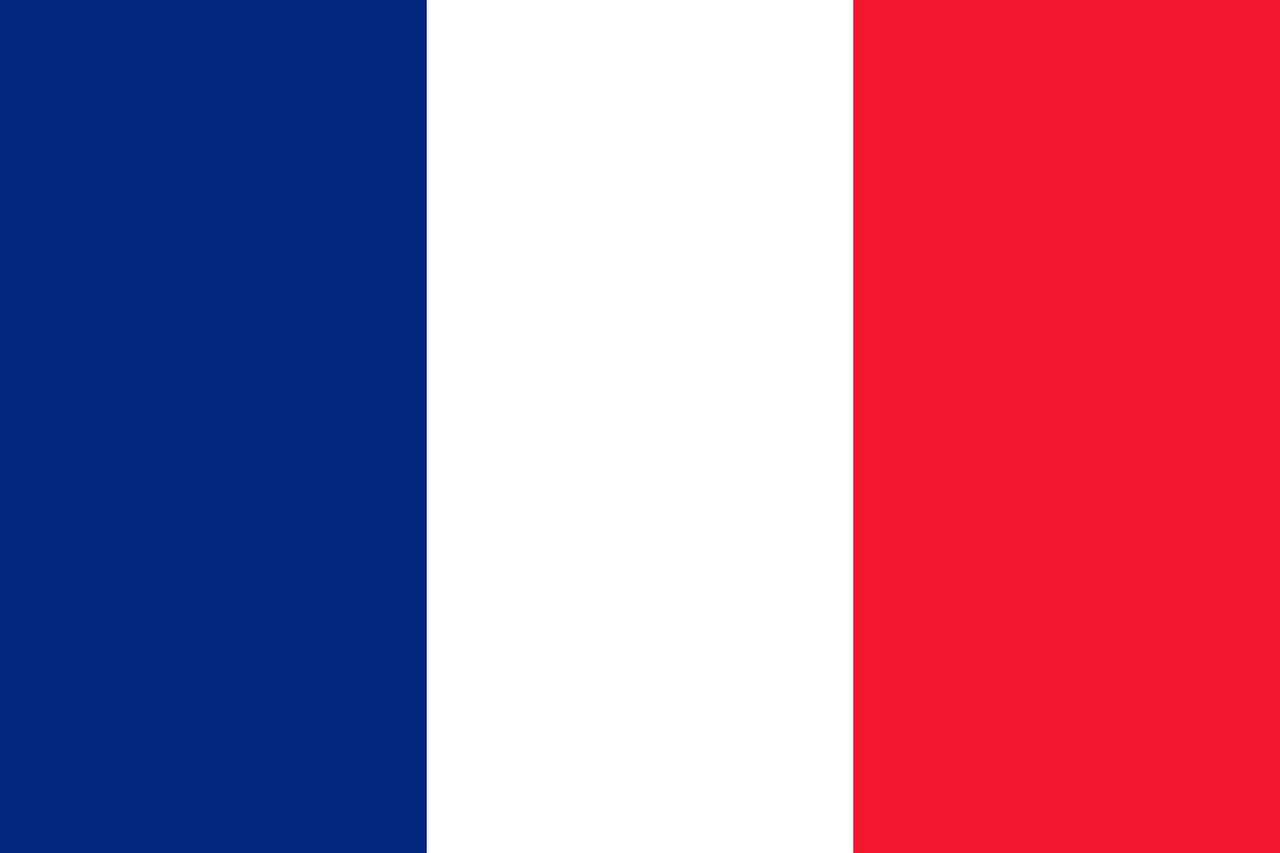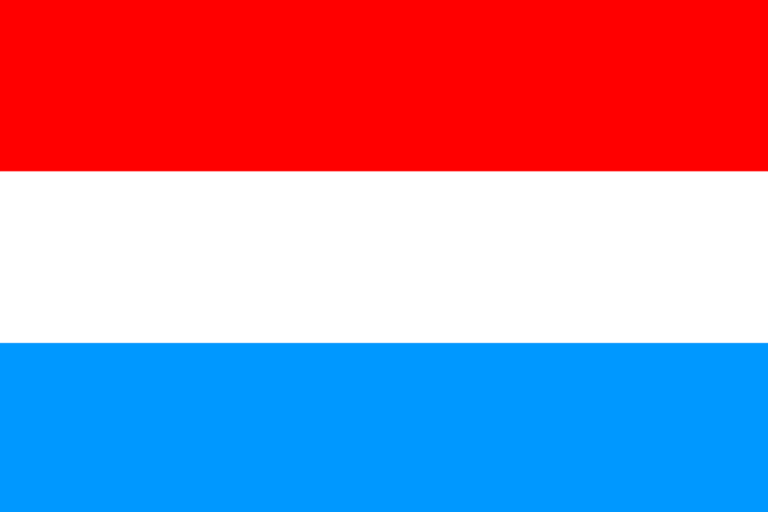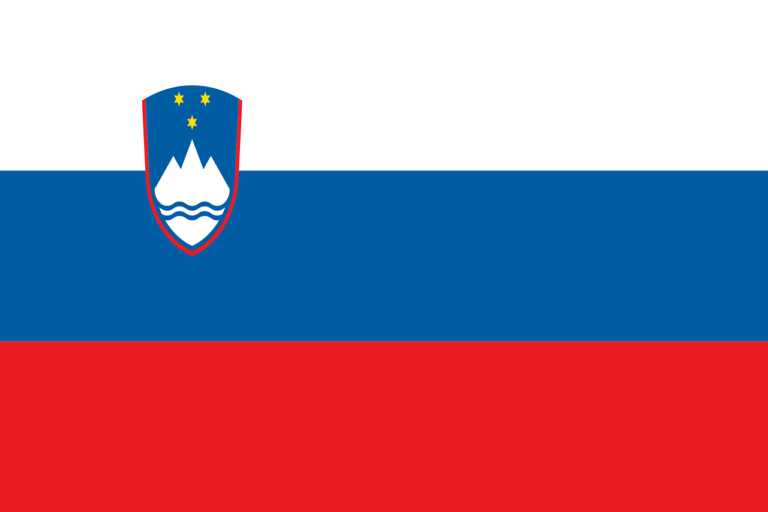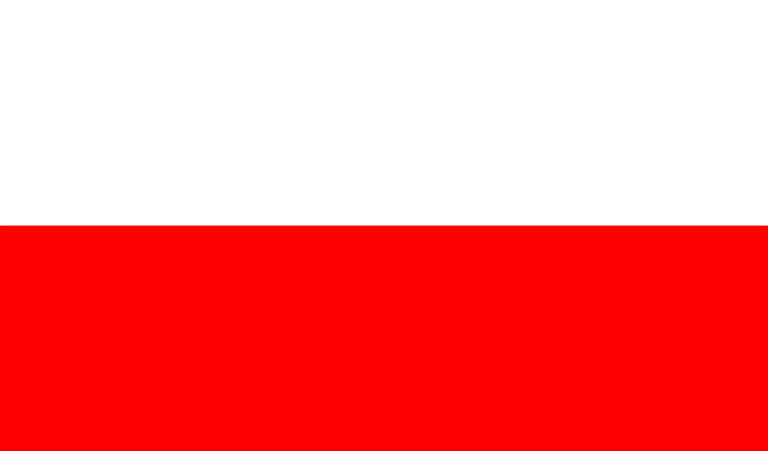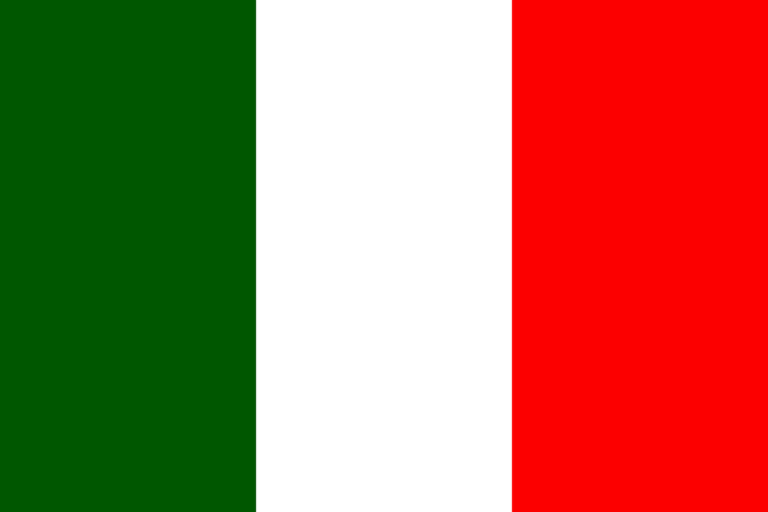Flags hold the power to evoke a sense of national identity and unity, and few flags are as iconic and recognizable as the French national flag. Known as “Le Tricolore,” the flag of France consists of three vertical stripes of blue, white, and red. In this blog post, we will delve into the captivating history and enduring significance of the French national flag, representing the values of liberty, equality, and fraternity
The Birth of Le Tricolore:
The origins of the French national flag trace back to the French Revolution, a period of intense social and political upheaval in the late 18th century. On October 24, 1790, the National Assembly adopted the tricolor design as the official flag of France. It was inspired by the colors of the Parisian militia, which consisted of citizens donning blue and red cockades, traditional symbols of the monarchy, and the white color representing the Bourbon dynasty.
Symbolism and Meaning:
Each color of the French national flag holds significant symbolism. The blue stripe represents liberty, symbolizing the desire for freedom from oppression and the principles of the French Revolution. The white stripe signifies equality, reflecting the ideal of equal rights for all citizens. Lastly, the red stripe represents fraternity, representing the unity and solidarity among the French people.
Historical Significance:
The French national flag bears witness to significant historical events that have shaped the nation’s course. During the French Revolution, the tricolor became a potent symbol of the revolutionary ideals of liberty, equality, and fraternity. It flew above the barricades during the storming of the Bastille and accompanied the French armies as they spread the revolutionary spirit across Europe.
Contemporary Importance:
The French national flag continues to hold great importance in modern-day France. It is a powerful symbol of national unity, evoking a shared sense of identity and pride among the French people. The flag is prominently displayed during national holidays, such as Bastille Day on July 14th, as well as sporting events, international gatherings, and official ceremonies.
Influence on Art, Fashion, and Culture:
Beyond its role as a national emblem, the French tricolor has had a significant influence on art, fashion, and culture. The flag’s striking color combination has inspired artists, designers, and fashion houses, becoming synonymous with French elegance and style. From haute couture runways to contemporary artwork, the tricolor design has become an iconic representation of French creativity and cultural influence.
International Recognition and Solidarity:
The French national flag holds a special place in the hearts of people worldwide as a symbol of solidarity and support in times of tragedy and adversity. Following the terrorist attacks in Paris in 2015 and other incidents, the tricolor was widely displayed as a show of support and unity with the French people. It has become a universal symbol of resilience and the shared values of liberty, equality, and fraternity.
The French national flag, Le Tricolore, stands as a testament to the enduring principles of the French Revolution and the values of liberty, equality, and fraternity. It is a symbol that unites the French people, representing their shared history, culture, and aspirations. The tricolor’s significance extends beyond national borders, as it embodies the universal ideals of freedom and equality that resonate with people around the world.
